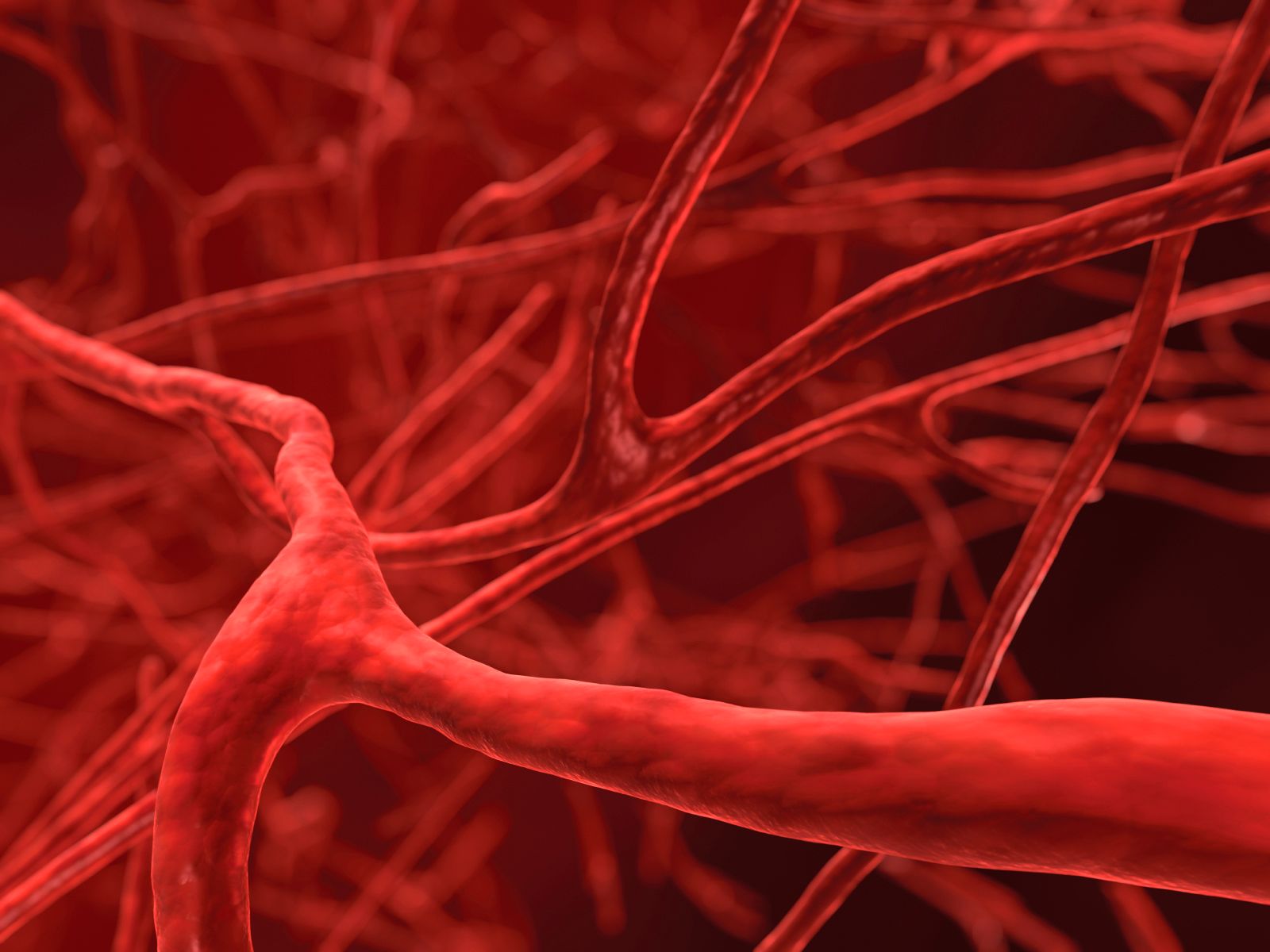Is Endothelial Health Headed Mainstream?
Experts say it’s only a matter of time until endothelial health achieves the breakout velocity it needs to make a difference to consumers and supplement marketers.
Photo © iStockphoto.com/spanteldotru

As we go through life, we run up against some numbers we just can’t forget: a key anniversary, a child’s birth weight, the final score of our home team’s Super Bowl win, our trusty SSN. Increasingly, though, we’re adding a few more figures to these memorable-digits lists, and our cholesterol levels and blood-pressure readings are chief among them.
For good reason: With heart disease accounting for one in every four deaths in the United States each year, per Centers for Disease Control and Prevention (CDC) data, such numbers serve as revealing barometers of cardiovascular health. Yet the high-profile test results only tell part of the heart-health story, for absent amidst the triglyceride counts and HDL/LDL ratios is any quantitative reflection of vascular function.
And that’s a pity. Because the more we learn about what makes a heart healthy, the clearer it becomes that healthy vessels with a healthy endothelium are fundamental to it. True, you may have heard this claim before, as endothelial health seems perpetually poised to go mainstream. But stick with us here, for experts say it’s only a matter of time until endothelial health achieves the breakout velocity it needs to make a difference both to consumers and to the supplement marketers who pursue them.
Back of the Bus
As far as Sébastien Bornet, vice president, global sales and marketing, Horphag Research (Hoboken, NJ), is concerned, “Endothelial health is an emerging area of research and innovation, and one to which manufacturers and marketers should devote the same attention as they do to other areas of cardiovascular health.” Yet it remains relegated to a back seat in an increasingly crowded cardiovascular bus. After all, Bornet admits, “not everyone is familiar with endothelial terminology or even knows what endothelial function is.”
If that includes you, here’s the gist: The endothelium is the thin layer of cells lining the inner surface of blood vessels. In addition to acting as a semipermeable barrier between vascular tissues and the contents of its lumen, endothelial cells are also “in charge of managing an intricate and complex mechanism of cell signaling that aids in maintaining homeostasis, helping to repair and assure proper functioning of the blood vessel,” says Jimmy Salas Rushford, MD, a San Juan, PR–based internal-medicine specialist and an advisor to Maypro Industries (Purchase, NY).
If that’s what a properly functioning endothelium does, what happens when endothelial health goes south-as can happen under conditions of oxidation, or when vascular walls become calcified? “Studies have shown,” Salas Rushford continues, “that endothelial dysfunction correlates with the development of cardiovascular events and disorders,” ranging from coronary artery disease, cerebrovascular disease, and rheumatological heart disease to congenital heart disease and venous and arterial disease.
Also read:
Key Ingredients for Endothelial Function
Keeping a Low Profile
In light of such dire outcomes, it’s astounding that the promotion and preservation of a healthy endothelium doesn’t get more attention from media, consumers, or marketers than it does. “My personal opinion is that no one has figured out how to effectively communicate the appeal of maintaining or improving endothelial health and function,” posits Harry B. Rice, PhD, vice president of regulatory and scientific affairs, the Global Organization for EPA and DHA (GOED; Salt Lake City).
Another impediment to wider endothelial awareness is the lack of a “rapid, relatively inexpensive test” to measure endothelial function, he adds. “You can go to your family doctor and ask about your blood cholesterol or triglycerides level or blood pressure,” he notes, “but you’d likely get a weird look if you asked about your endothelial health.” This “shows how much we have to learn about endothelial health and function in general.”
Eric Anderson, global vice president, sales and marketing, NattoPharma USA Inc. (Metuchen, NJ), agrees. In addition to blaming “ever-changing diet fads and their effect on cholesterol” for keeping lipid levels in the spotlight, he, like Rice, cites the echo chamber that common medical tests create, noting that although “a simple test to measure one’s cholesterol currently exists and is part of nearly every regular physical, the only current way to measure how calcified one’s arteries are is with a coronary calcium scan.”
Shifting Emphases
But endothelial health’s prospects for breakout are hardly doomed. Even though “cholesterol has been a centerpiece of heart-health discussions for as long as anyone can remember,” Anderson says, “that’s beginning to shift.”
Some momentum appears to come from a paper1 published this year in Expert Review of Clinical Pharmacology that paints oft-prescribed cholesterol-lowering statin drugs as “mitochondrial toxins” liable to harm the heart and vessels by depleting them of coenzyme Q10 (CoQ10) and inhibiting the synthesis of vitamin K2, a cofactor essential to removing calcium from arteries.
“So the conversation,” Anderson says, “is, in fact, changing. But more education is needed to teach Americans about what vascular health means and that addressing optimum vascular function is critical. It’s still not an aspect of cardiovascular wellness that’s top of mind among consumers.”
For his part, Bornet is bullish on endothelial health’s future. “As consumers become more educated about their health, proactively checking whether or not the products they buy contain evidence-based, safe, and efficacious ingredients, they better understand why endothelial health is so important,” he says. “This is why the segment is definitely gaining more attention in the natural-ingredients and supplement market.”
Read more:
The Migraine-Stroke-Endothelium Controversy
Updated: “Breakthrough” Vitamin K2 MK-7 Study Confirms Heart Benefits
References:
Okuyama H et al., “Statins stimulate atherosclerosis and heart failure: pharmacological mechanisms,” Expert Review of Clinical Pharmacology, vol. 8, no. 2 (March 2015): 189-199

Prinova acquires Aplinova to further increase its footprint in Latin America
April 7th 2025Prinova has recently announced the acquisition of Brazilian ingredients distributor Aplinova, which is a provider of specialty ingredients for a range of market segments that include food, beverage, supplements, and personal care.

.png&w=3840&q=75)

.png&w=3840&q=75)



.png&w=3840&q=75)



.png&w=3840&q=75)





















